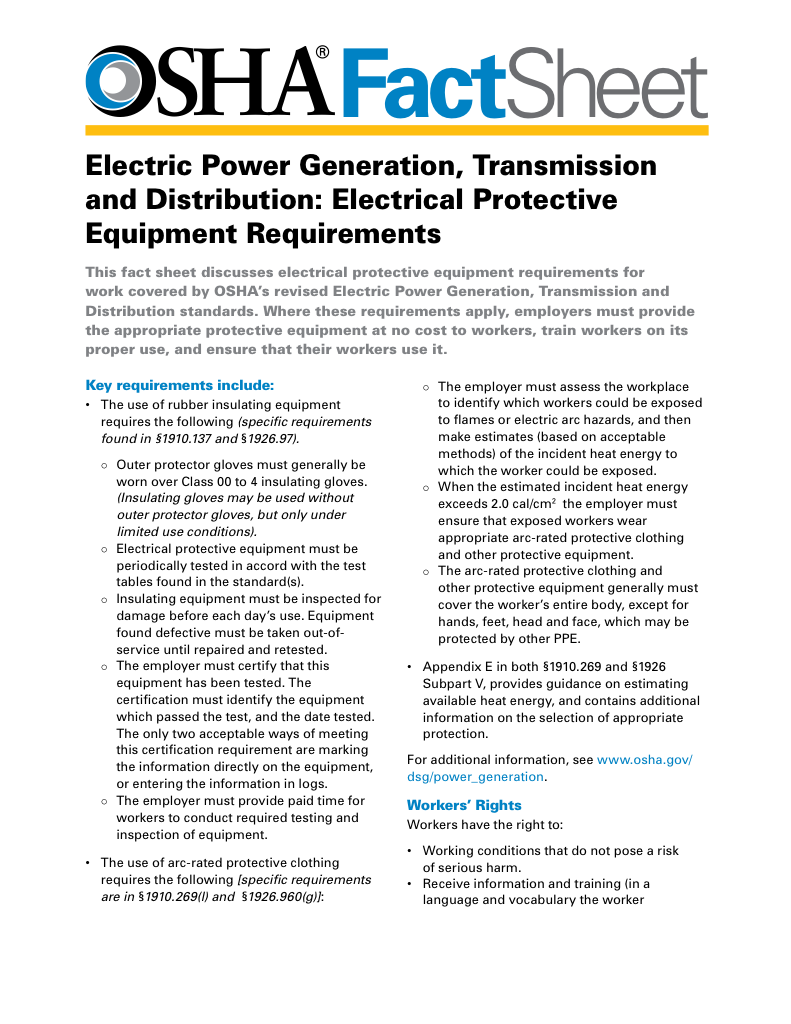What is Fault Current
Substation Relay Protection Training
Our customized live online or in‑person group training can be delivered to your staff at your location.

- Live Online
- 12 hours Instructor-led
- Group Training Available
Download Our OSHA 3875 Fact Sheet – Electrical PPE for Power Industry Workers

- Follow rules for rubber gloves, arc-rated PPE, and inspection procedures
- Learn employer obligations for testing, certification, and training
- Protect workers from arc flash and electrical shock injuries
What is fault current? The transient short-circuit current driven by source voltage and system impedance, determining fault level, overcurrent protection settings, breaker interrupting ratings, relay coordination, and arc-flash energy in power system design.
What Is Fault Current?
Fault current is short-circuit current set by source and impedance; it dictates protection and arc-flash limits.
✅ Determined by source voltage, X/R ratio, and network impedance
✅ Used for breaker sizing, relay settings, and coordination
✅ Drives arc-flash energy and incident energy calculations
What is Fault Current?
A fault current is an unintended, uncontrolled, high current flow through an electric power system. A fault current is caused by a very low impedance short circuit. This may be a short to ground or across phases. The resulting high current flow can result in overheating of equipment and conductors, excesses forces, and at times even serious arc flash, arc blast, and electrical explosion. The causes of a fault may include: lightning strikes, animals, dirt and debris, dropped tools, corrosion, and human error. Understanding the prospective interrupting levels begins with performing a thorough fault current calculation to quantify prospective short-circuit duties. At service entrances and panels, determining the available fault current helps verify adequate equipment ratings. These studies complement broader power system protection practices that coordinate devices and settings.
A fault current can degrade circuit breakers and other expensive electrical system components. By installing fault current limiters (FCLs), many companies can protect their power system from equipment failure with relatively little expense. Solid state FCL technology is available numerous industrial, commercial and institutional power system applications. When short-circuit duties approach equipment ratings, a maximum fault current calculation clarifies worst-case scenarios for design margins. Engineers may specify a fault current limiter to reduce let-through energy and protect downstream assets. Protection schemes should also incorporate robust overcurrent protection so breakers and relays operate selectively. In some applications, a properly rated current limiting fuse can further restrict peak currents and incident energy.
Sign Up for Electricity Forum’s Electrical Protection Newsletter
Stay informed with our FREE Electrical Protection Newsletter — get the latest news, breakthrough technologies, and expert insights, delivered straight to your inbox.




